The company expects to become profitable between 2025 and 2026
G2 Esports, Karmine Corp, Fnatic, and Team Heretics: in recent seasons, LEC clubs have successively announced their partnership with a new player in the merchandising space, Fulllife. Founded in 2020 in Biarritz, the brand has, in only four years, established itself as a key partner for teams and publishers in the industry. This is the story of a French start-up that, despite chaotic beginnings and ongoing losses, managed to carve out a place in the European esports ecosystem.
Visionary beginnings but a market nowhere to be found
From its launch, Fulllife positioned itself as a Digital Native Vertical Brand (DNVB) — a 100% digital brand that controls its value chain through a direct-to-consumer model.
The founding idea was simple: “Every sport has its brand, except esports.” Behind this ambition stood a group of experienced founders from the digital and textile industries:
- Alexandre Malsch, founder of the media group Melty and former digital marketing director at Boardriders (Quiksilver, Roxy, DC Shoes), also a peak master on League of Legends.
- Thomas Chambolle, former president of Boardriders Europe.
- Maxime Baziadoly, Philippe Vial, and Bruno Maugery, executives from the action sports sector.
In September 2020, Fulllife completed a first fundraising round of €2.5 million, bringing together investors such as Ricol Lasteyrie, SmartPoint Consulting, MHA Industries, Jean-Philippe Hecquet (ex-Lanvin), and Marc Simoncini. The brand heavily invested in its infrastructure and customer acquisition — over €600,000 spent on this front in 2022. But despite a grand launch on March 31, 2021, revenue capped at just €280,000 in 2022.
These revenues were not enough to stabilize operations. A second fundraising of €1.2 million was conducted to strengthen cash flow and sustain operations. The founders then had to rethink their strategy.
The B2B Pivot: Selling to Clubs Instead of Fans
With the DtoC model stalling, Fulllife drastically changed its playing field: instead of targeting players directly, it chose to win over those who inspire them — the clubs and publishers.
“By the end of 2022, we realized it would take much longer than expected to establish the brand. So, we set up meetings with G2, KC, Xbox, and Riot Games. That’s when we realized that the people we were meeting were already fans of the brand and wore our products. They were moved by the authenticity of our approach and gave us a chance by proposing to work on their licenses and products. That’s when, thanks to their trust, our business really took off.” — Alexandre Malsch, co-founder of Fulllife
This pivot transformed Fulllife: the start-up no longer limited itself to producing its own clothing — it became the official outfitter for major players such as Riot Games, Xbox, Ubisoft, Activision Blizzard, Epic Games, as well as G2 Esports, Karmine Corp, Fnatic, and Heretics.
Each collaboration is based on a licensing and royalty model, directly inspired by the sports industry. The clubs provide their brand, Fulllife designs and sells the collections, then shares a portion of the revenue: a simple, flexible, win-win model for all parties.
"What Saved Us Was Our Marketing Investment"
If the company managed to land contracts with some of the world’s largest publishers, Alexandre Malsch credits it to a targeted influence strategy from day one: “What saved us was our marketing investment in the core audience (influencers, managers, ecosystem stakeholders…). This made it easier to secure the deal with Riot.”
This approach allowed Fulllife to gain recognition from esports decision-makers even before becoming an official partner — though it came at a high marketing cost. Still, it proved to be a credibility booster that accelerated brand adoption among key players in the industry.
The Fulllife Model: Integrated Outfitter and Premium Brand
Today, Fulllife operates as a full-service textile outfitter, handling design, production, logistics, and online sales for its partners. This allows clubs to offer official merchandise without upfront investment, while Fulllife gains visibility and legitimacy through their networks.
For more structured clubs with higher stakes, the model evolves and enables:
- The co-creation of jerseys
- Purchasing at preferential prices through integration into the club’s distribution network
- Investment from Fulllife (traditional sponsorship) or direct allocations
- Access to premium services
An investment of such magnitude in favor of clubs can only be economically viable if it benefits from a significant volume effect, combined with the expectation of a snowball effect leading to the engagement of other stakeholders in the ecosystem.
On the product side, the brand embraces a premium positioning. Each item features visual or narrative “easter eggs” designed to strengthen community engagement. The packaging, designed as a “Capsule” to be opened, has become a shared ritual among customers on Discord during unboxings.
In terms of production, Fulllife claims 95% of its clothing is made in Portugal using organic Egyptian cotton. The premium upgrade is also reflected in the prices:
- T-shirts increased from €30 to €49.
- Hoodies from €79 to €95 (500gsm).
- Co-branded jerseys priced around €85.
This price range is higher than the industry average, intentionally reflecting Fulllife’s premium identity — though it carries some risk given the purchasing power of the average esports audience (around 26 years old).
The Arc of Brand Monetization
The other pillar of Fulllife’s strategy lies in physical presence and event activations. Over the past two years, the brand has ramped up high-visibility physical activations — from an Arcane event to a Karmine Corp pop-up on the Champs-Élysées, to operating six temporary stores in Riyadh during the Esports World Cup. These activations, combining gaming culture and experiential retail, boost Fulllife’s visibility and consolidate its legitimacy with publishers and clubs.
Fulllife is now preparing for a new phase of growth. The brand is undergoing a complete rebranding to accompany the opening of its first physical store in Paris — the first step in an expansion plan aiming for one opening per year in every major European capital. “This rebranding is a continuation of our vision: to offer a complete experience, from digital to physical, while staying true to our gaming DNA.” — Alexandre Malsch
This evolution comes with a new funding round aimed at integrating a proprietary payment system with multiple marketing features. At the same time, Fulllife will return to Galeries Lafayette with a two-month pop-up dedicated to its lifestyle range.
Strong Growth, Profitability Still to Be Proven
Fulllife ends 2024 with impressive momentum:
- €3.5 million in revenue (+46% vs 2023).
- EBITDA of -€190,000, a significant improvement (-€540,000 in 2023), showing both the effectiveness and the reliance on the B2B model.
- Over +100% growth projected in 2025 (YoY), with revenue estimated around €6.5 million.
The company hopes to reach profitability between 2025 and 2026, after several years of heavy investment. But the model remains demanding: reliance on a small number of major licenses, high production costs, and the constant need to innovate to maintain the attention of a highly volatile audience.
After producing more than 140,000 pieces dedicated solely to esports in 2024, Fulllife now claims it can significantly increase its production capacity, thanks in particular to the expansion of its network of industrial partners
Conclusion
Today, Fulllife represents a rare case in European esports: a brand born in B2C, repositioned in B2B, and now a major player in competitive merchandising. Driven by a team from the traditional textile industry and a deep understanding of gaming culture, the company has built a bridge between two worlds.
Yet it remains at a pivotal moment: growth is strong, recognition is there, but profitability is yet to be achieved. Maintaining key relationships with publishers and clubs seems to be the only viable path for the brand’s economic development. Time will tell whether Fulllife can achieve what few in esports have: turning hype into a sustainable business model.
Header Photo Credit: Fulllife - Sheep Esports

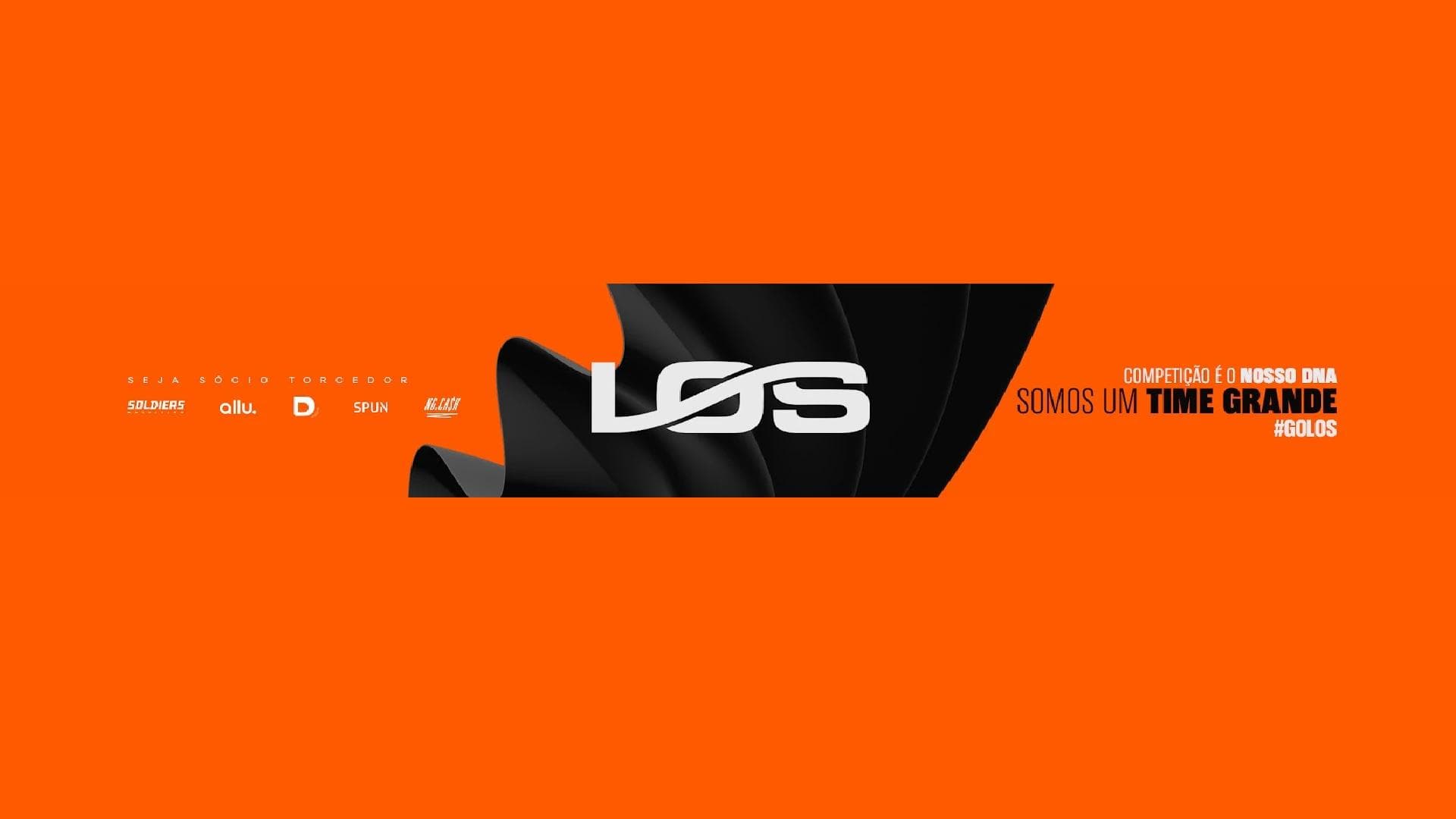

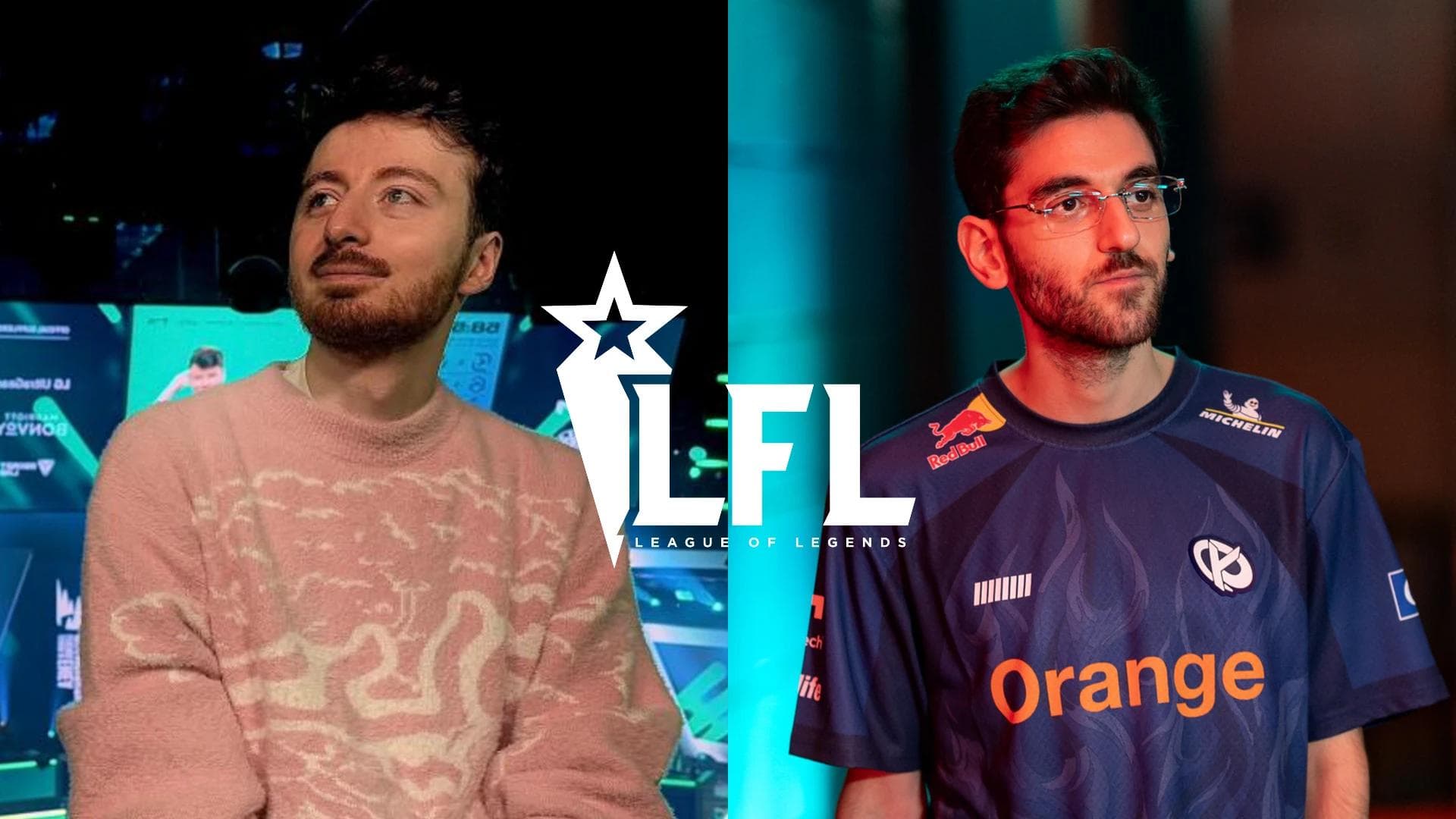

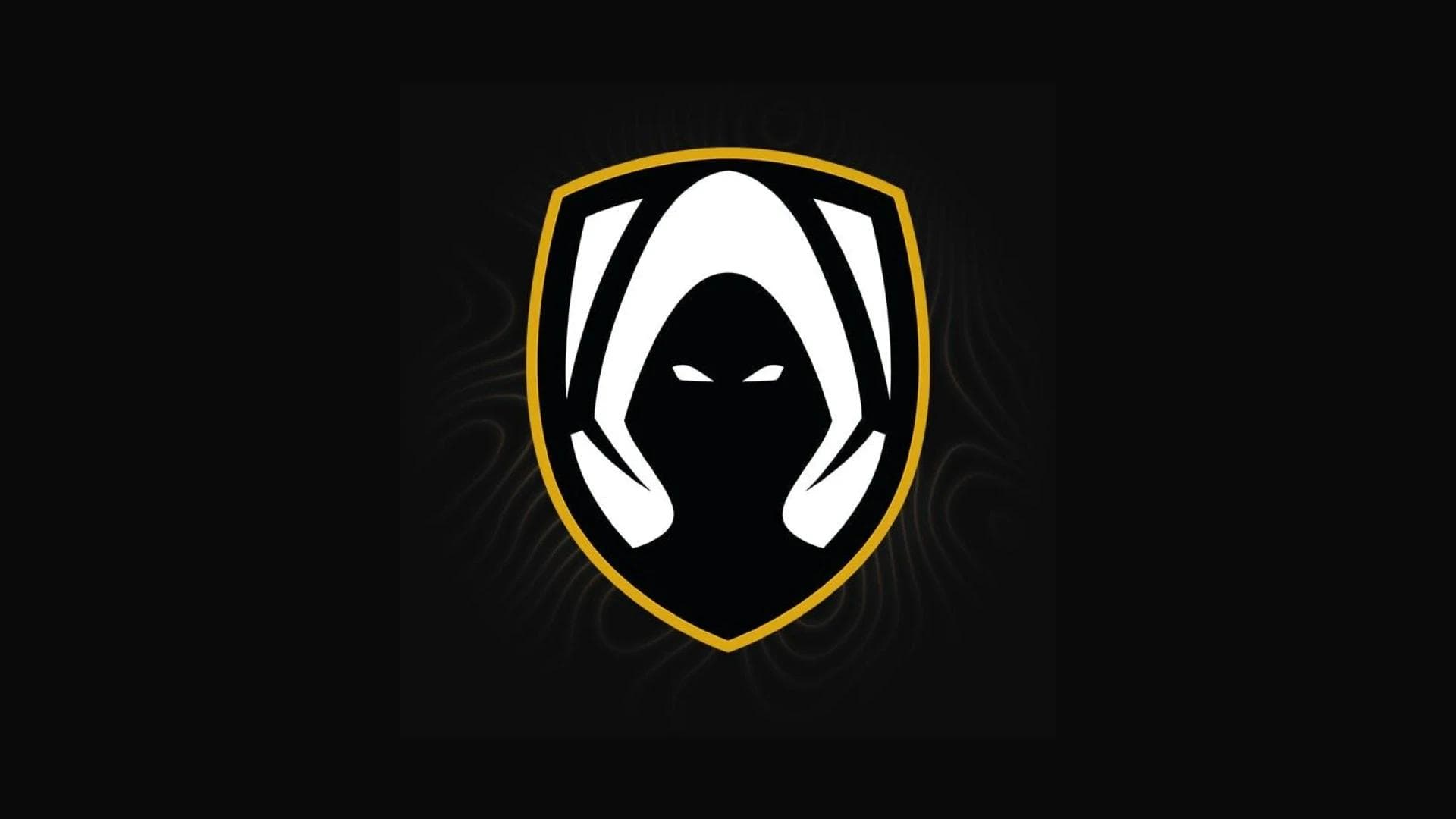
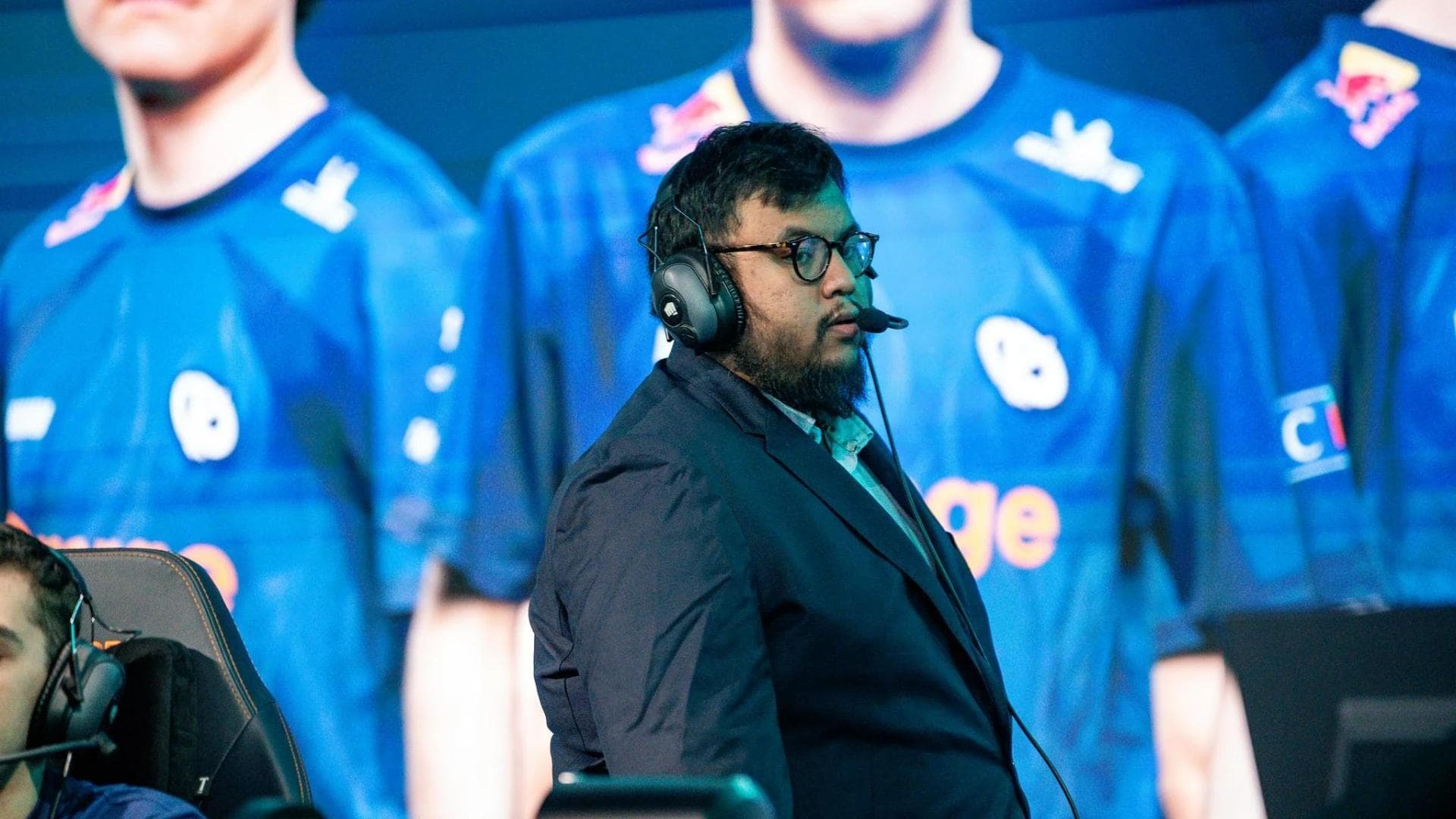
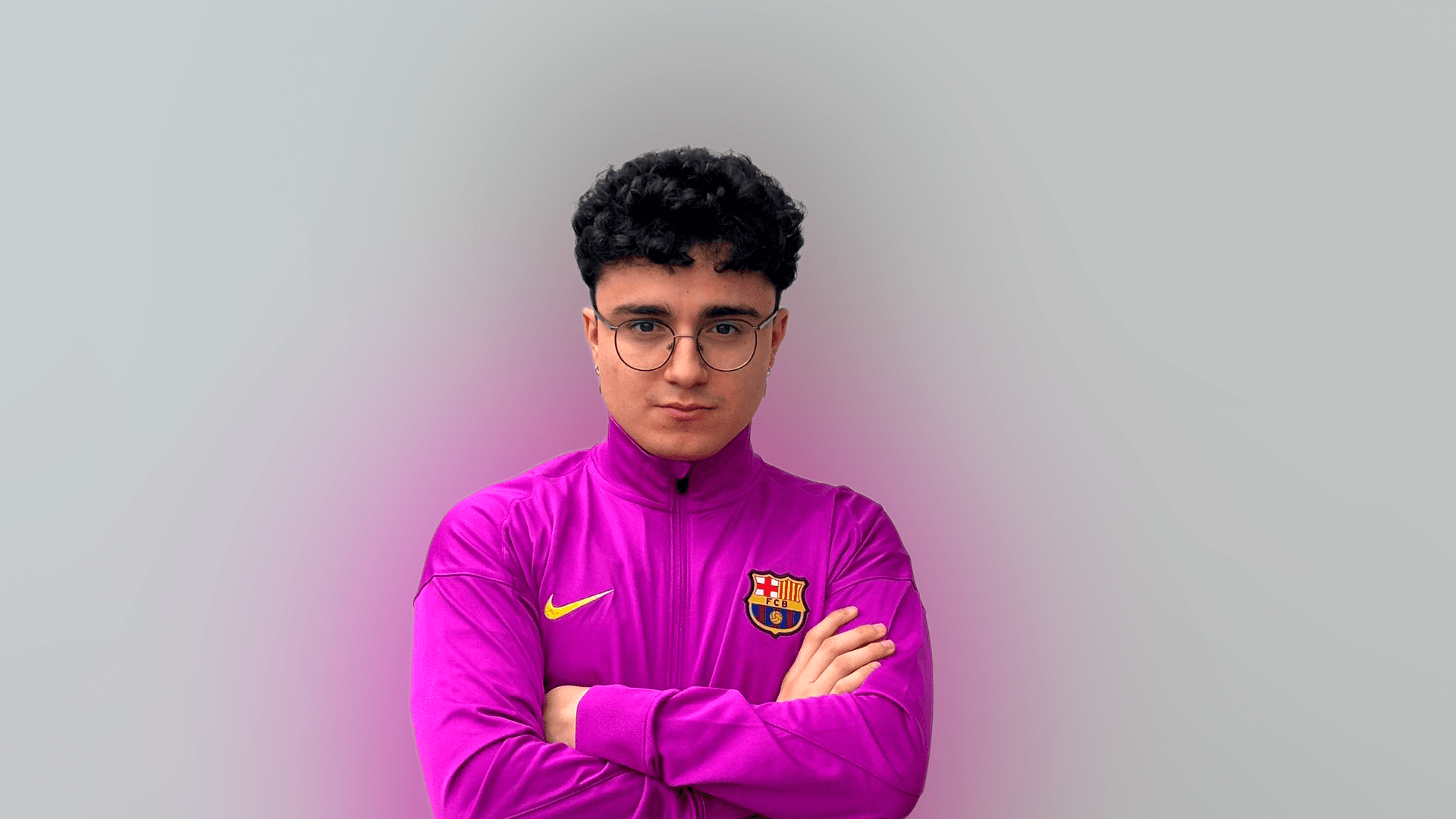

/Comments
Write a comment